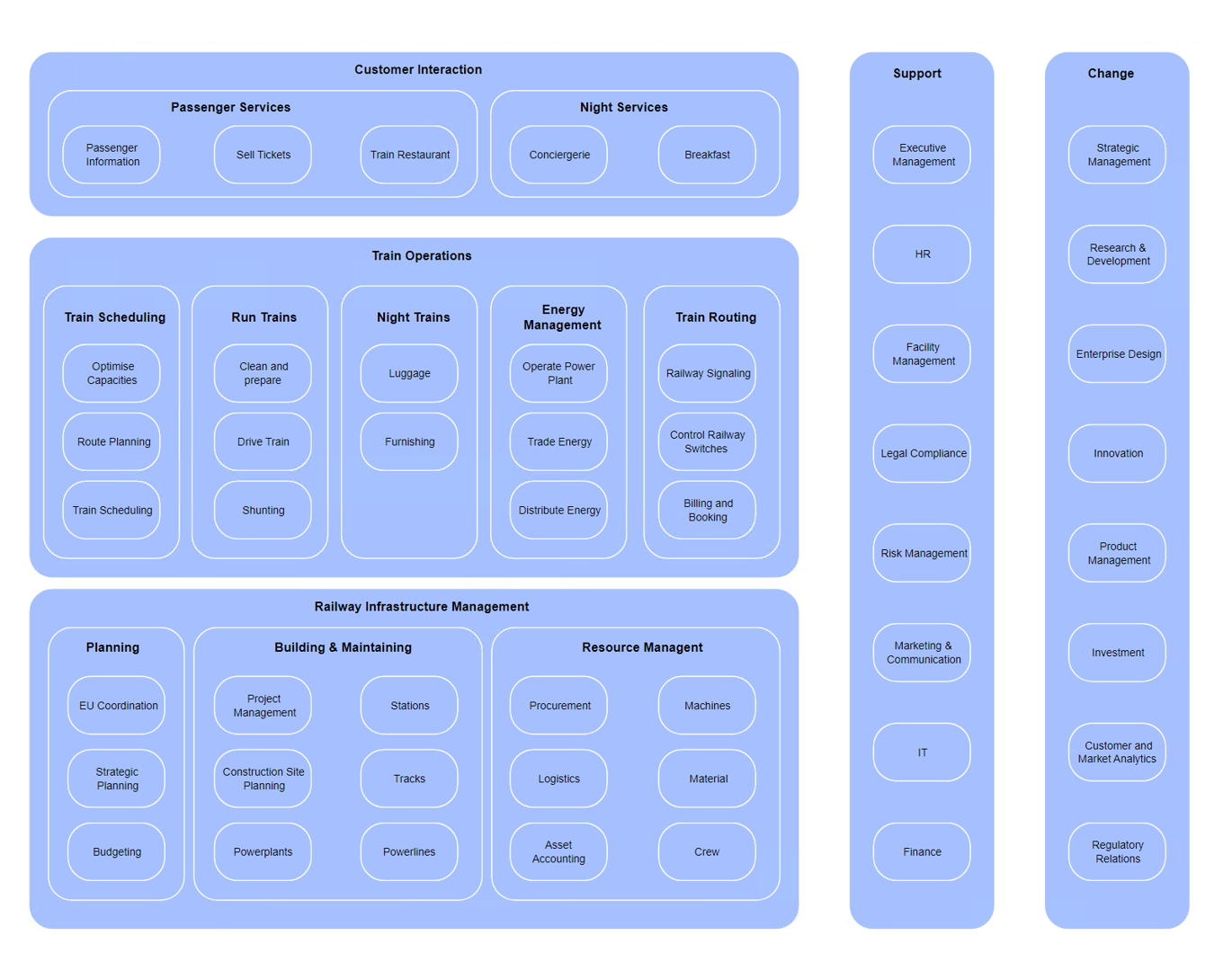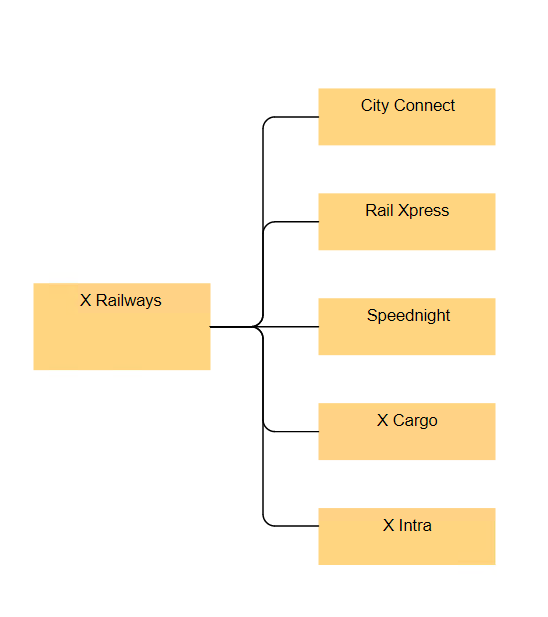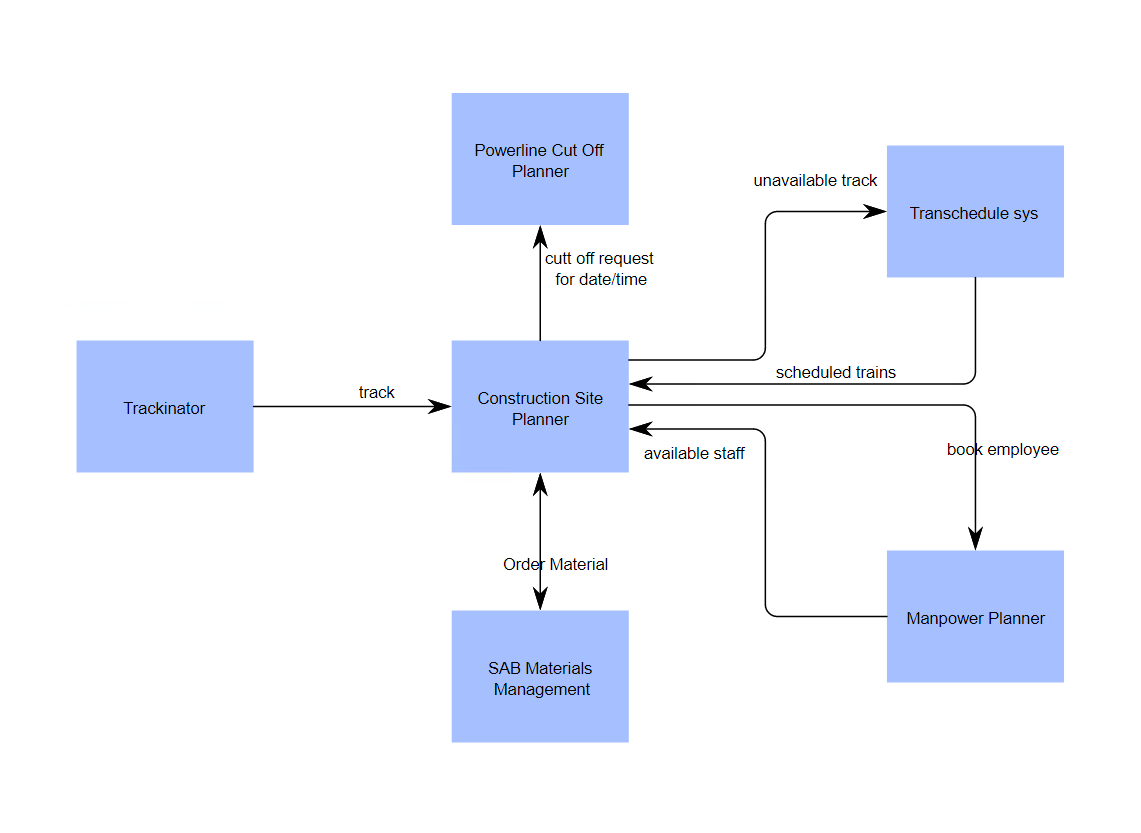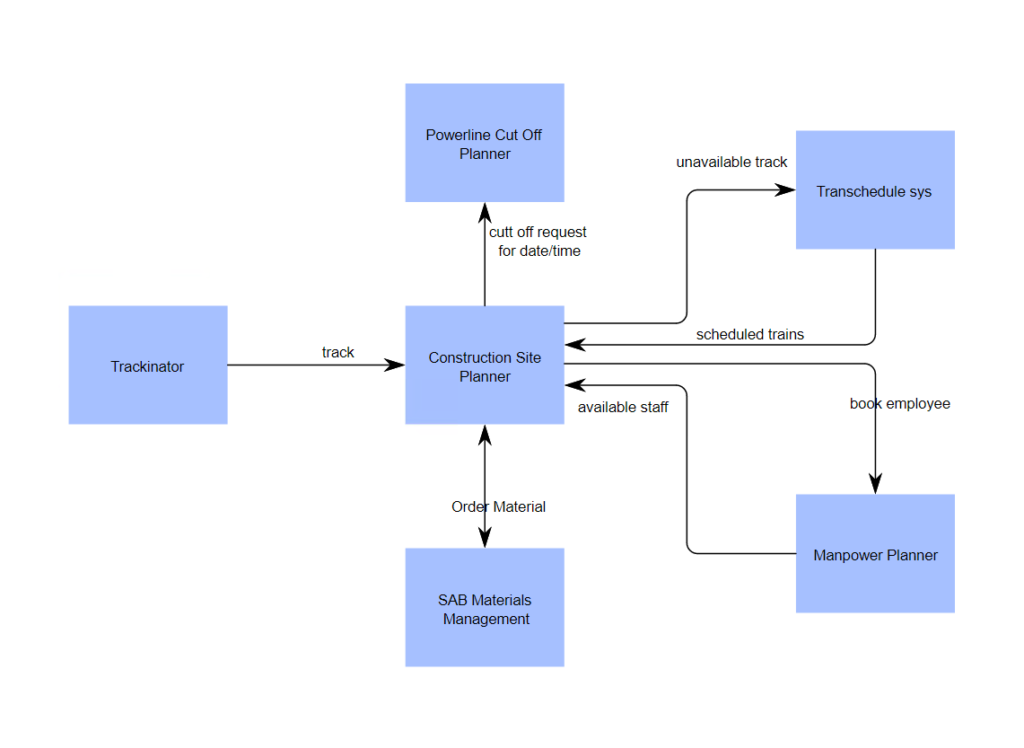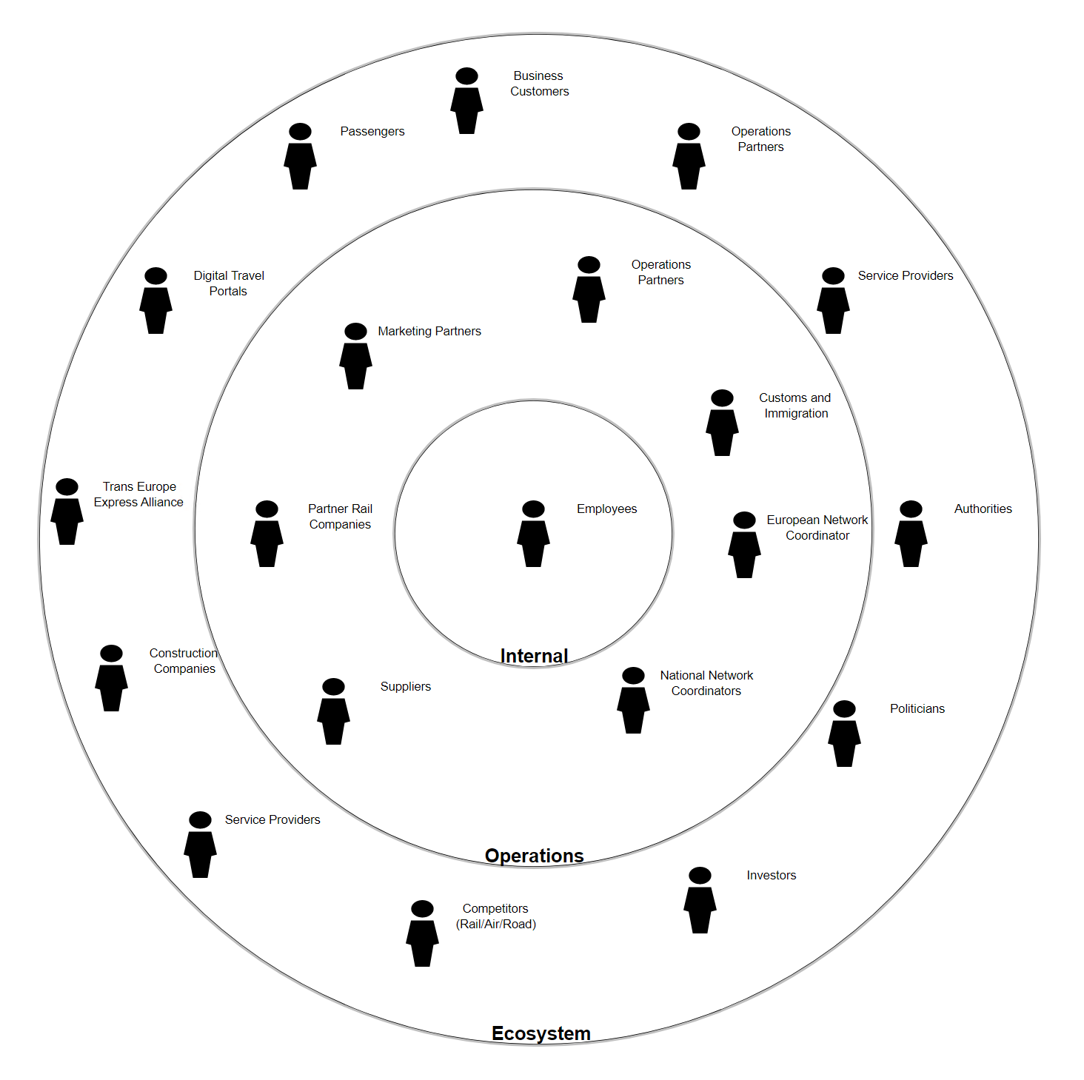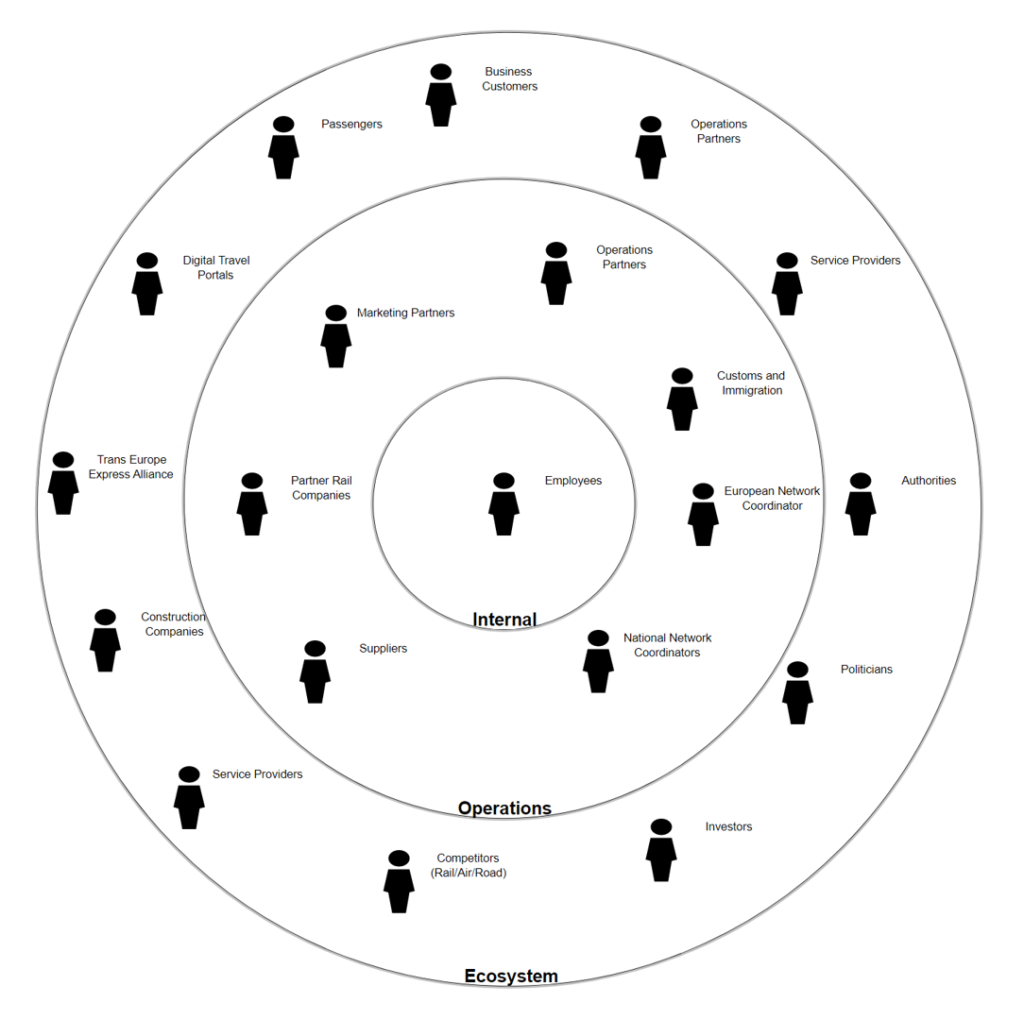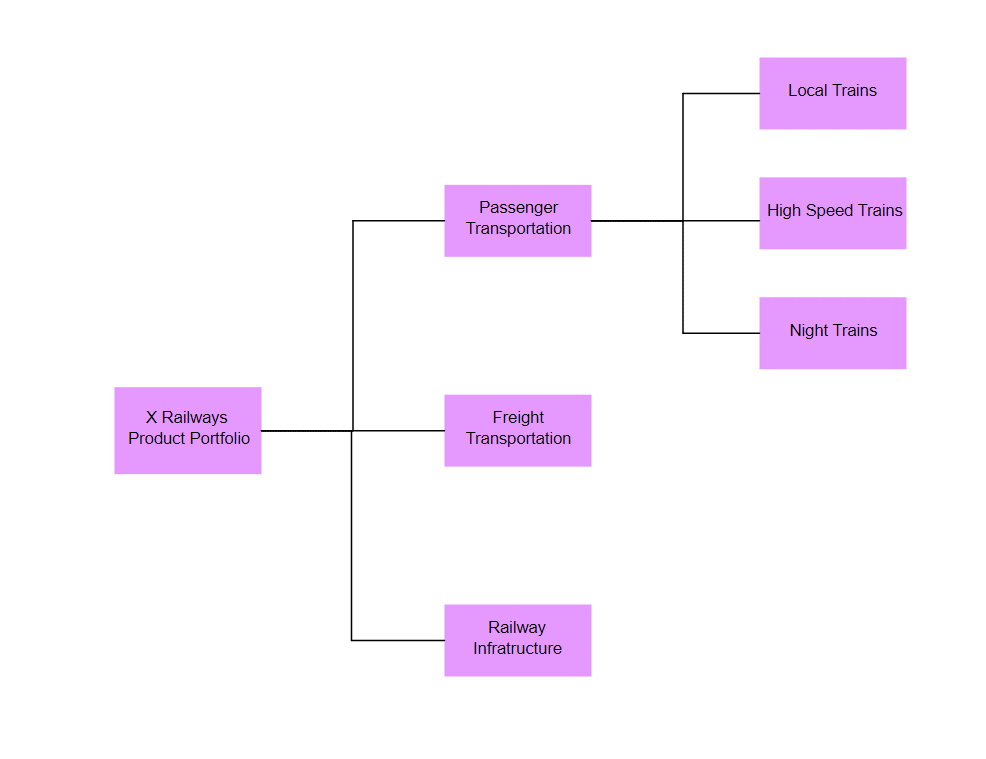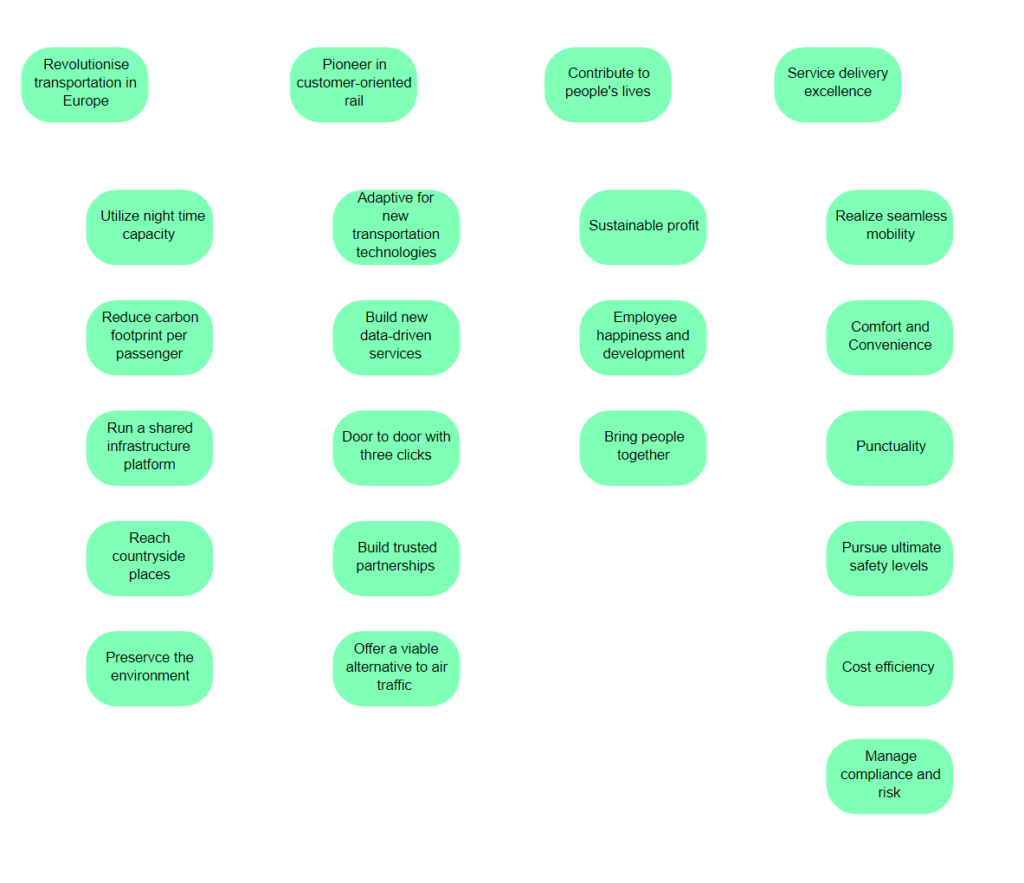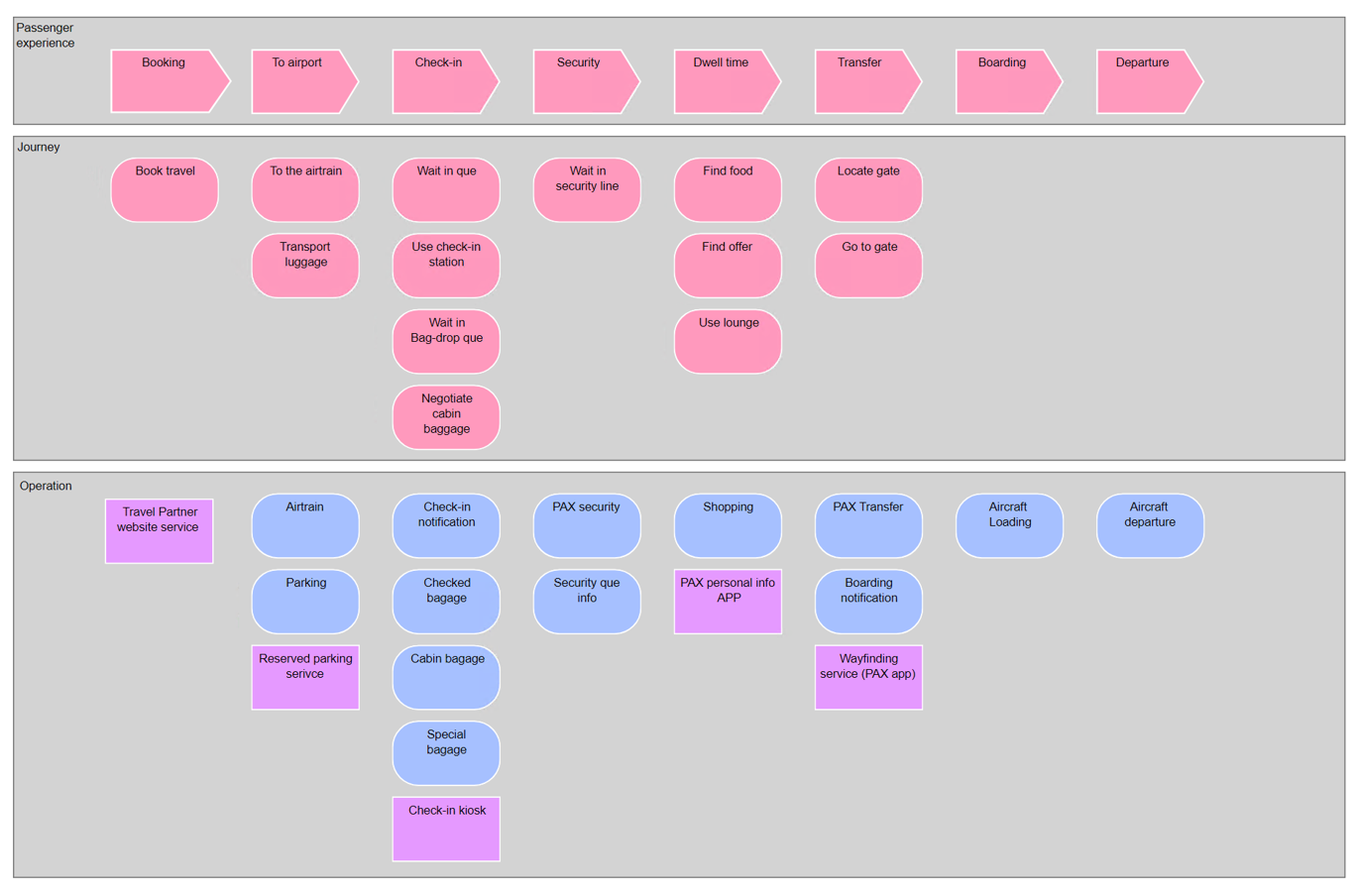Purpose: The purpose the Channel Board is to get an overview of where and how people interact with the enterprise or each other and make them connect.
Core concerns: Channels are the means of communication between people and the enterprise. They are where moments of interaction between people and the enterprise take place.
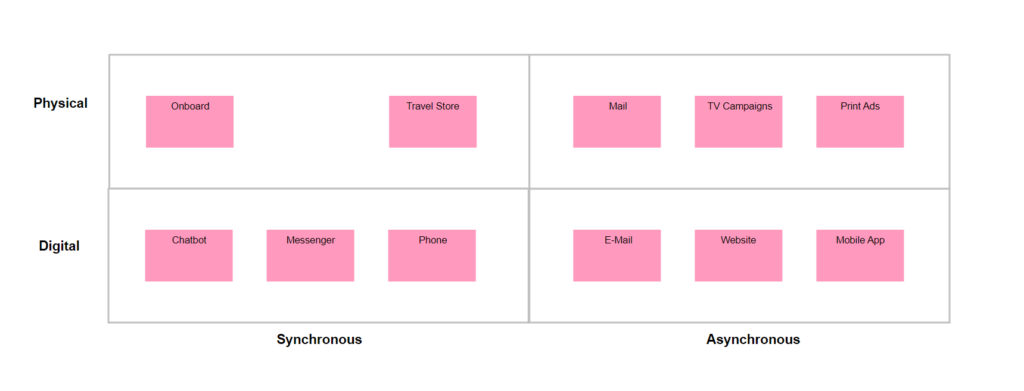
The Channel Board is a part of the EDGY language created by the Intersection Group.

